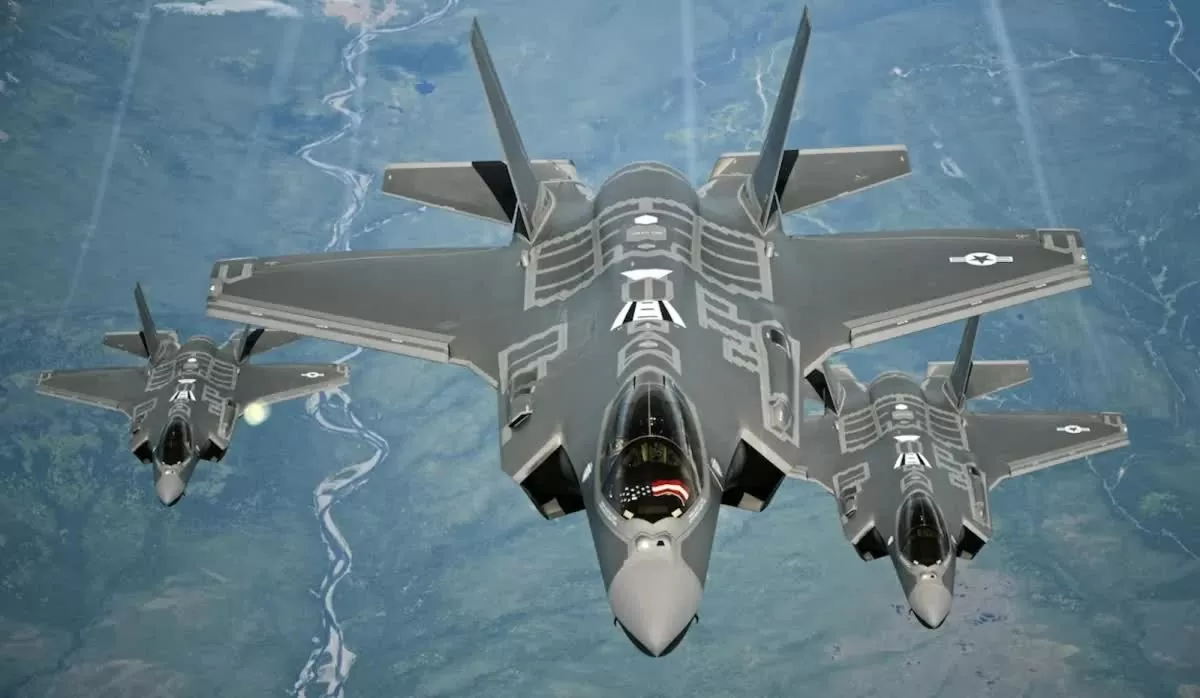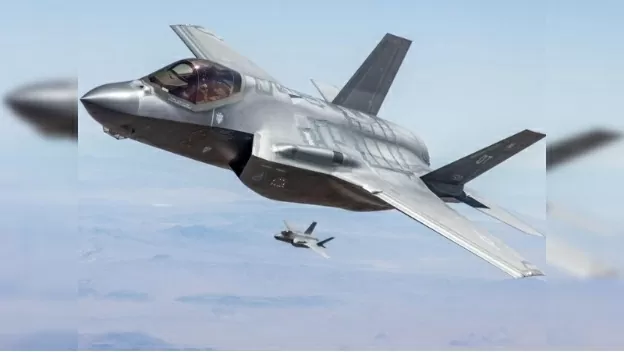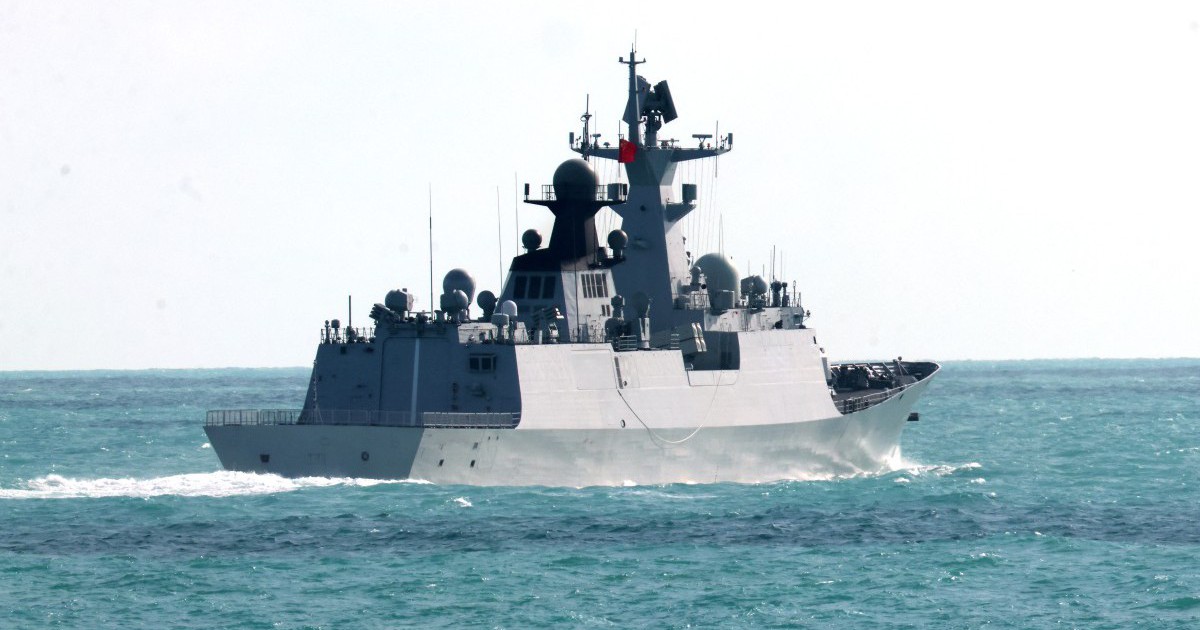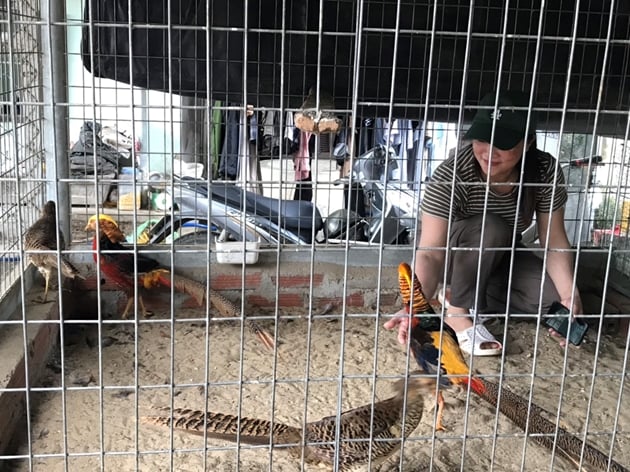The $2 trillion F-35 stealth fighter program is likely to be cut as the Elon Musk-led Office of Government Efficiency (DOGE) investigates the Pentagon's books.
 |
| US F-35 stealth fighter. (Source: US Air Force) |
Even before DOGE investigators got involved, billionaire Elon Musk called the F-35 stealth fighter program a “failure” and its creators “idiots.” Some have suggested that Musk appears to be overestimating the potential of drones to replace fighter jets on the battlefield.
Challenges that "iron bird" has to face
Billionaire Elon Musk’s criticism of the F-35 is not without basis. A declassified report in February 2024 by the Pentagon’s Director of Operational Test and Evaluation (DOT&E) revealed that the F-35 program is facing serious challenges, despite being expected to be a state-of-the-art fighter jet.
The development and testing of the Block 4 variant of the F-35 has revealed significant issues that are affecting the program's performance, the report said.
First, the Continuous Development and Delivery (C2D2) process – designed to incrementally upgrade Block 4 features every 6 months – failed to meet expectations, causing significant delays.
The Tech Refresh 3 (TR-3) software upgrade, designed to improve Block 4 capabilities with new sensors, long-range weapons, electronic warfare, data fusion, and cross-platform interoperability, remains incomplete after more than two years of development. TR-3 software version 30R08 continues to have numerous shortcomings, delaying the upgrade.
Development has been hampered by a lack of modeling and simulation resources, forcing a “fly-fix-fly” approach that has exacerbated delays. As a result, operational testing of the TR-3 upgraded F-35 could be pushed back to 2026, two years behind schedule.
On the cybersecurity front, testing of updated software versions of the Automated Logistics Information System (ALIS) has revealed several vulnerabilities that have yet to be addressed, while the transition to a cloud-based Operational Data Integration Network (ODIN) remains problematic.
Maintenance performance of all F-35 variants remains below the standards set by the Joint Strike Fighter (JSF) program’s Operational Requirements Document (ORD). Critical operational failures have resulted in repair times that are twice as long as expected. Additionally, reliability metrics, such as mean flying hours between critical failures, remain below the required standards.
The operational availability of the F-35 fleet is also below target due to a lack of spare parts and high maintenance requirements. This not only delays full-rate production, but also affects the combat readiness of the F-35 in the context of China's accelerated modernization of its air force.
These issues may explain Elon Musk's criticism of the F-35, including his views on its design, stealth capabilities, and usefulness compared to unmanned aerial vehicles (UAVs).
 |
| Billionaire Elon Musk calls the F-35 stealth fighter program a "failure." (Source: Financial Times) |
Controversy surrounding the F-35
US Air Force Secretary Frank Kendall defended the F-35 program, saying that billionaire Elon Musk's perspective is more of an engineer than a soldier. He affirmed that the F-35 will continue to play an important role, operating alongside UAVs until the Next Generation Air Superiority Fighter (NGAD) program is deployed.
However, the US media pointed out many problems of the F-35. A report by the US Congressional Research Service (CRS) (12/2024) said that software upgrades under the C2D2 process often cause system instability. In the Air Force and Space Force Magazine (5/2024), author John Tirpak mentioned that pilots had to restart the TR-3 software many times during testing. Even if approved, the F-35 still needs regular patches to fix errors.
Maintenance is also a major hurdle. According to an article in the Project on Government Oversight (POGO) (11/2024), author Greg Williams stated that the ALIS system – the “backbone” of the F-35’s maintenance – has many serious flaws that hinder rather than support operations. Author Grant Turnbull in Global Defense Technology warned that ALIS is vulnerable to cyberattacks, which could disrupt maintenance schedules and pose a security risk.
The F-35’s combat readiness has also declined sharply. A report by the US Government Accountability Office (GAO) (9/2023) highlighted maintenance issues, including contractor dependence, lack of access to technical data, and shortages of spare parts. A report by the DOT&E (1/2024) found that the average readiness rate was only 51%, far below the target of 65%. The Fully Mission Capable (FMC) rate for the entire US fleet was only 30%, while the operational test squadron was only 9%.
Despite the challenges, the F-35 remains an important part of the US air force strategy, especially in the context of competition with Russia and China. Whether to continue investing in or cut back on the program will be a difficult question that Washington needs to consider carefully.
Source: https://baoquocte.vn/vi-sao-may-bay-chien-dau-tang-hinh-f-35-bi-ty-phu-elon-musk-cho-len-thot-304793.html
































Comment (0)